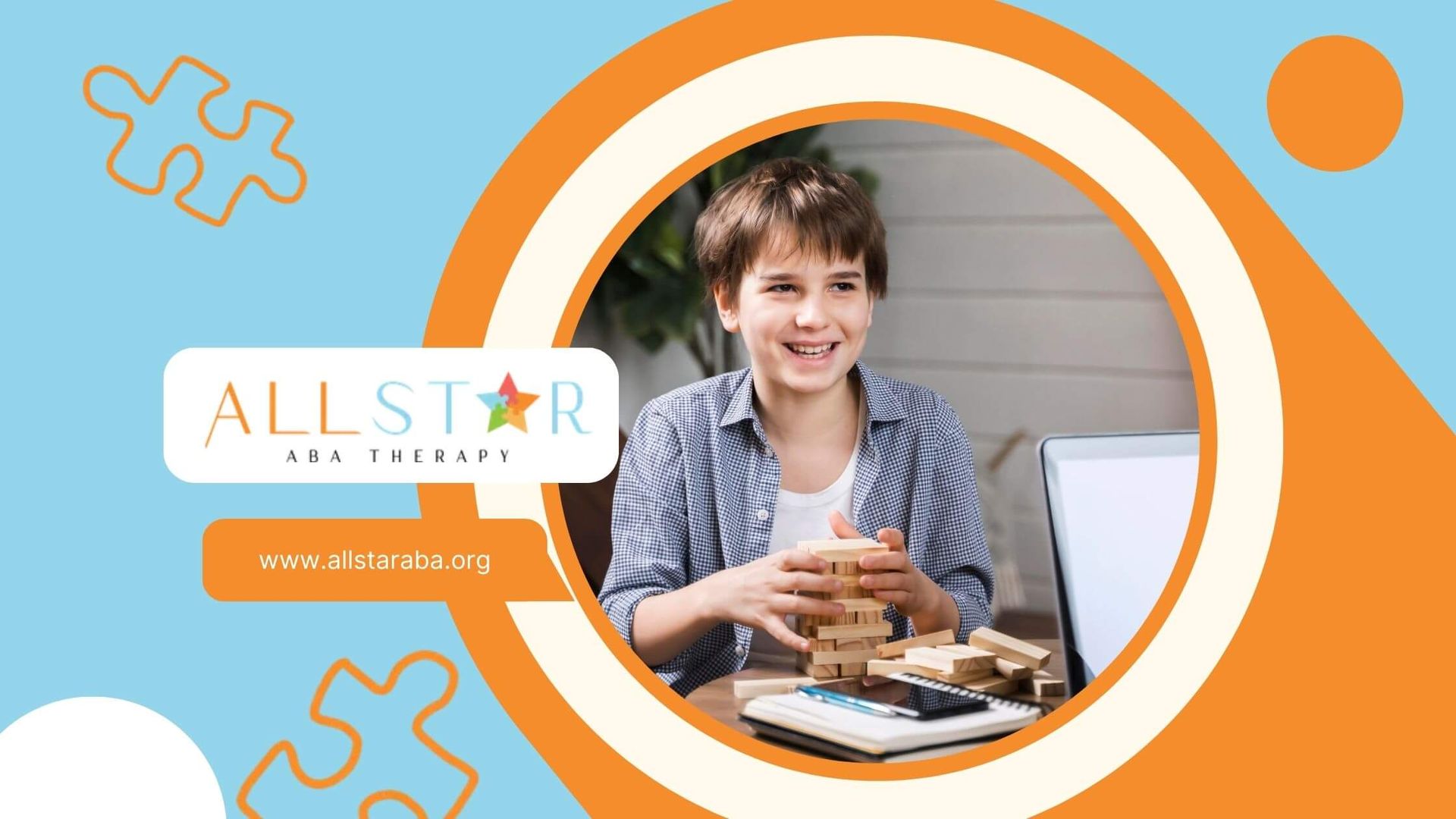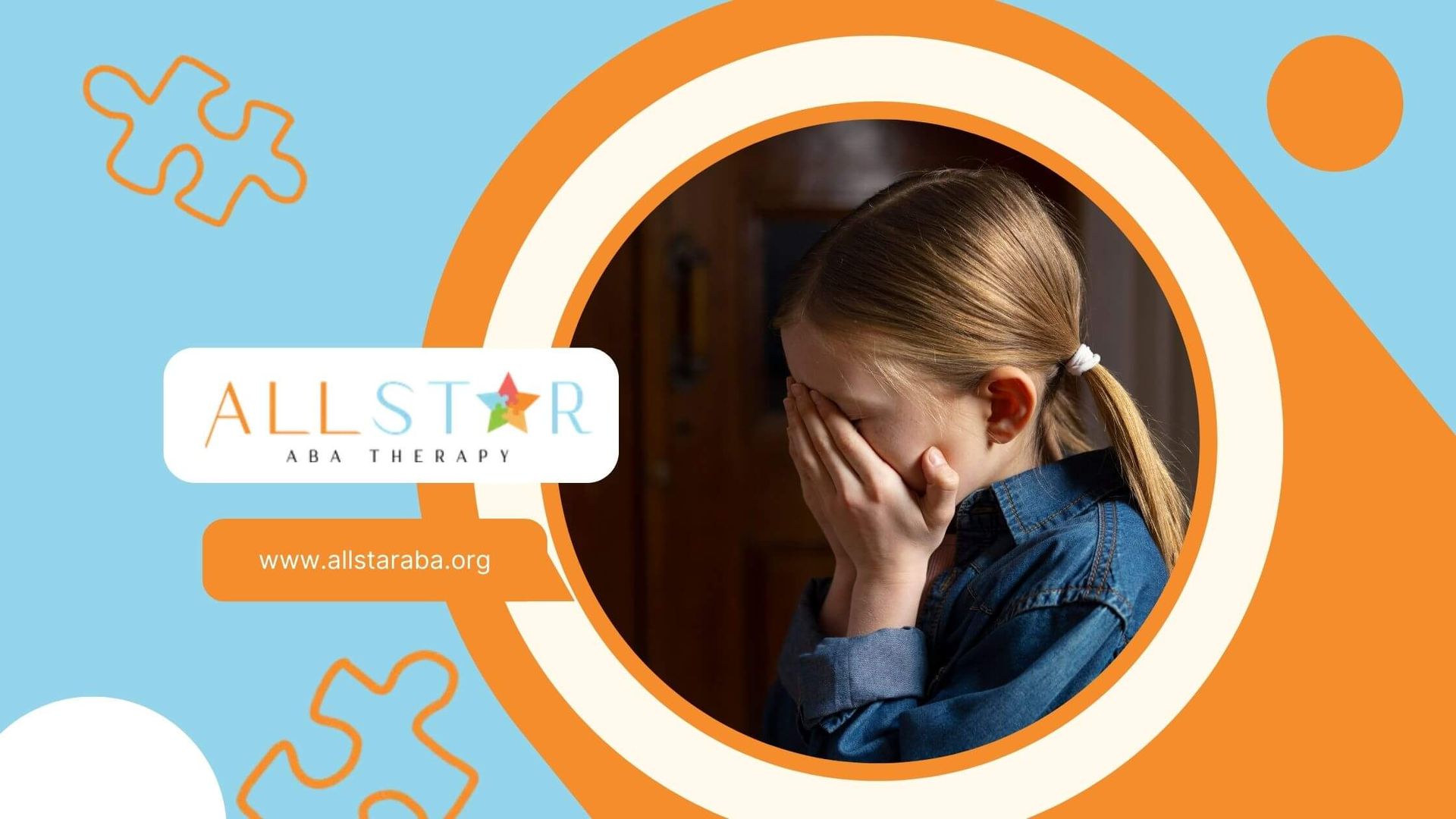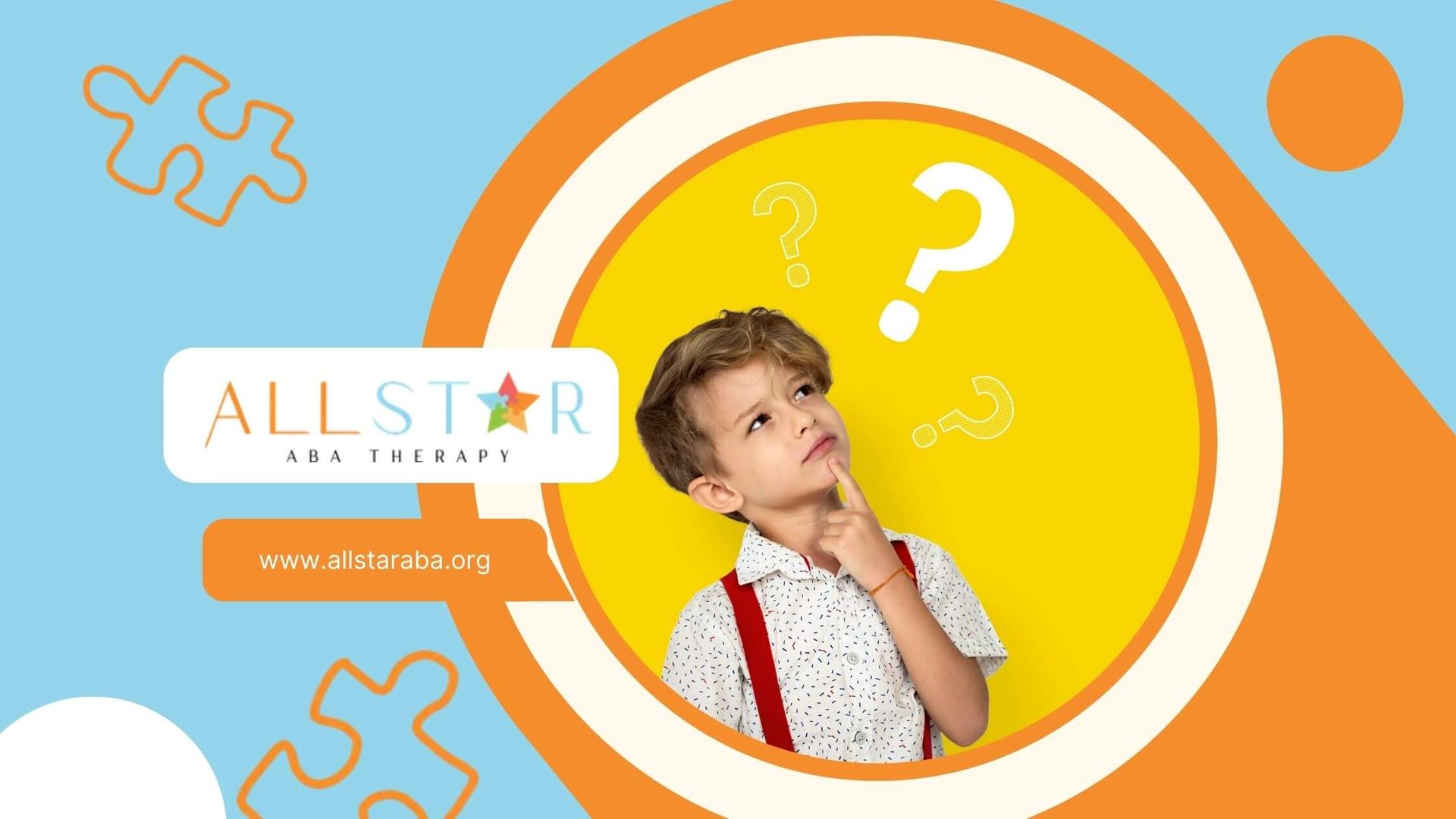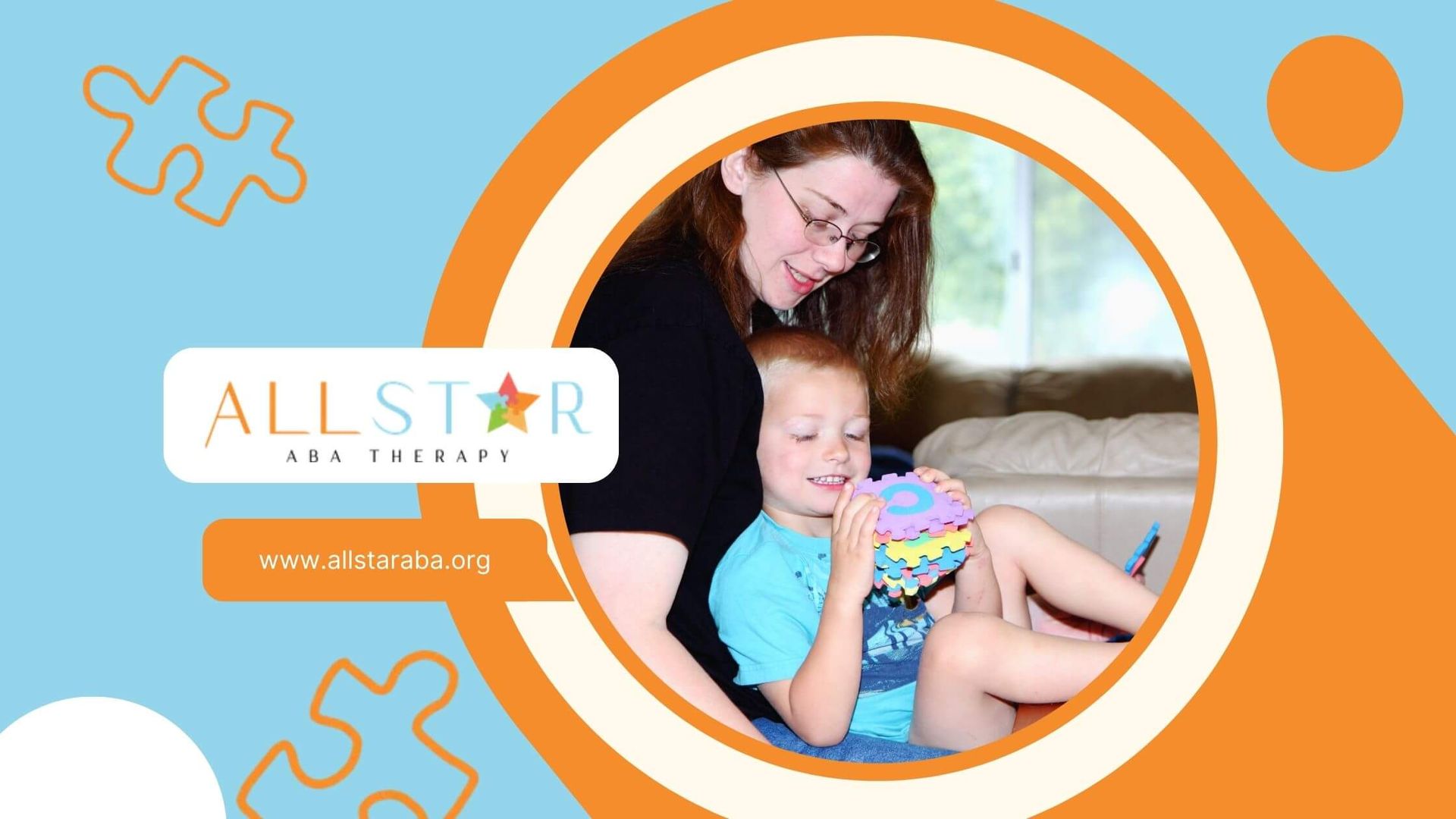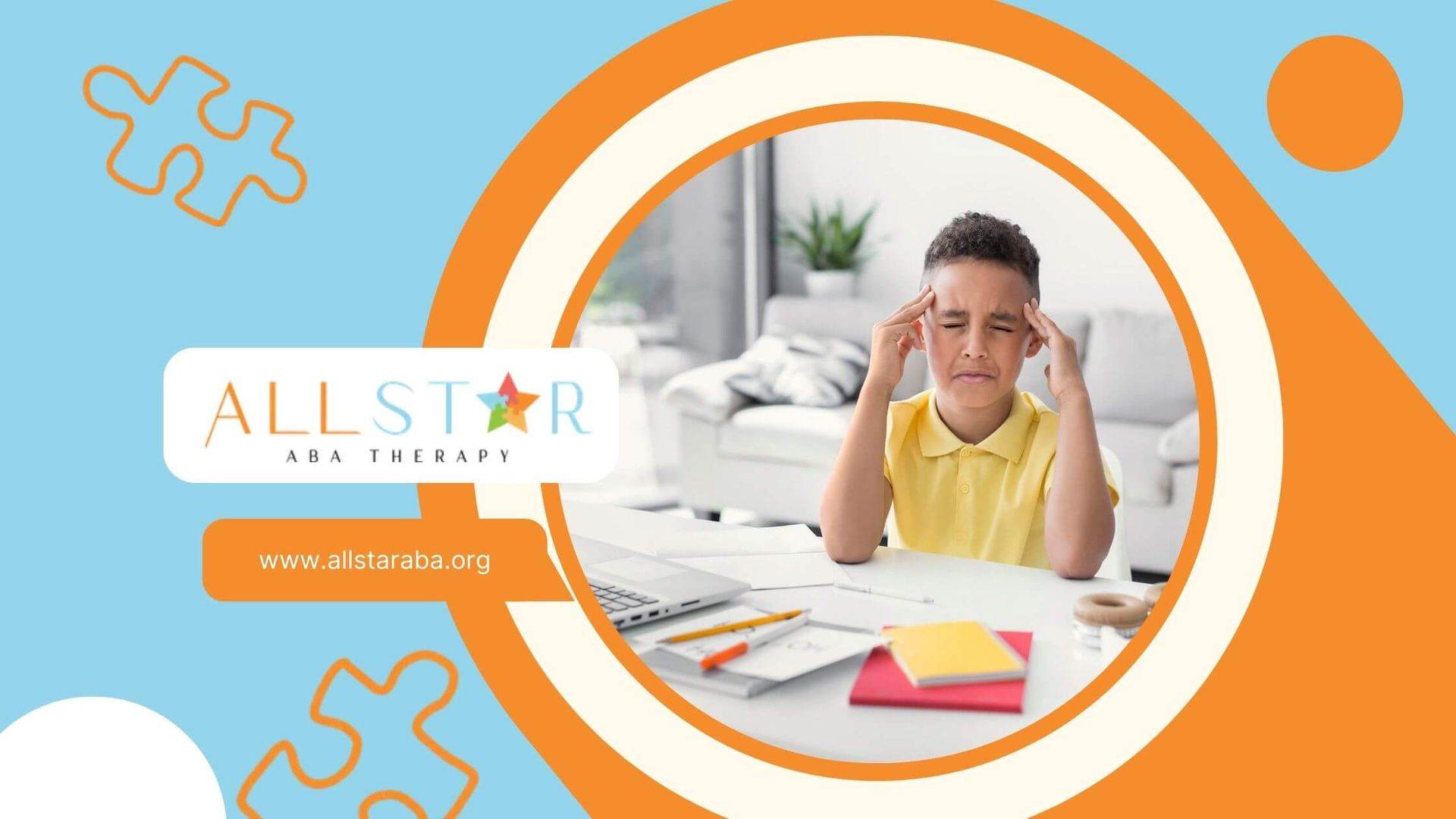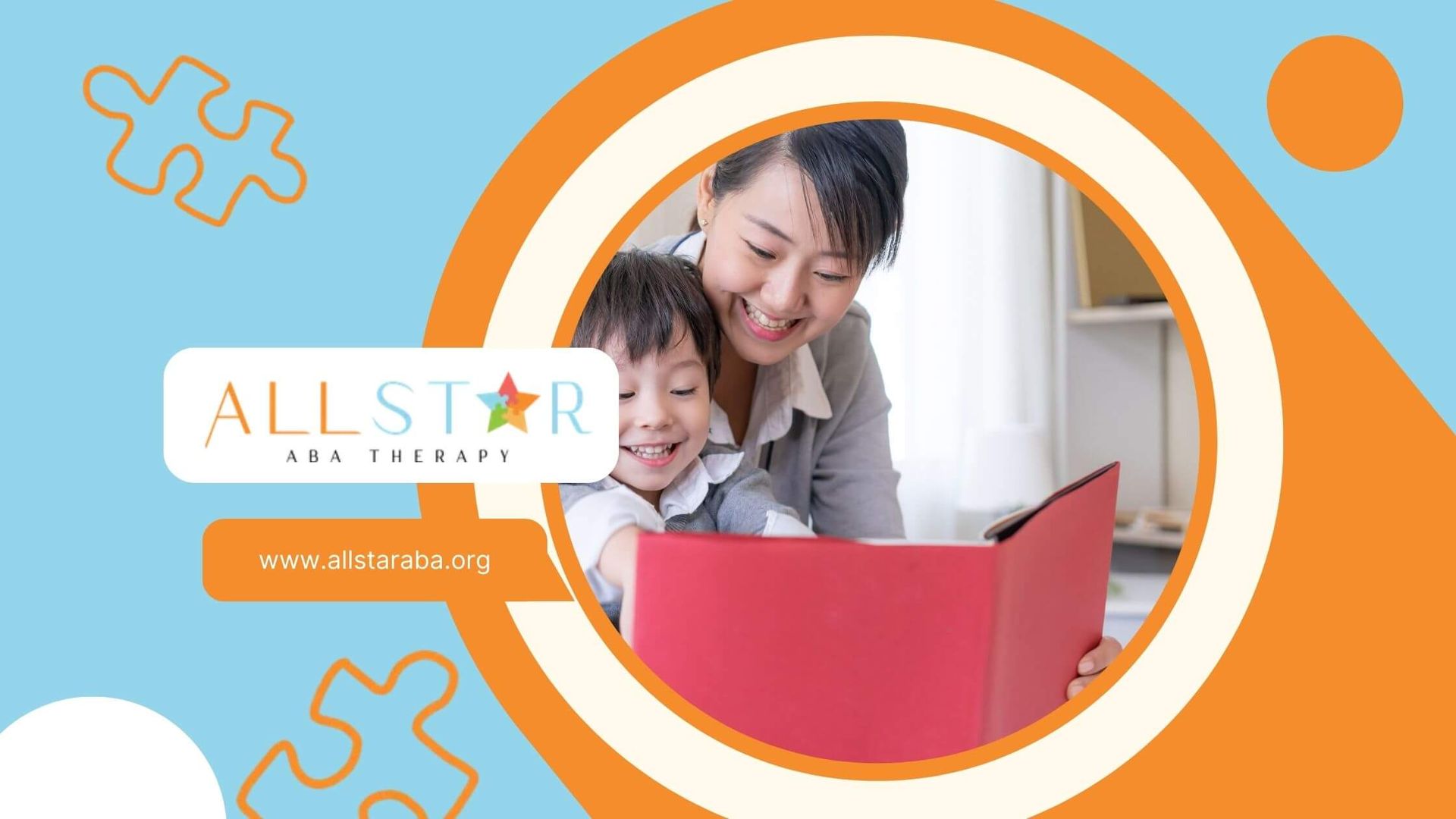New Paragraph
Exploring Social Interactions Among Autistic Individuals
Navigating the intricacies of social interactions, including small talk, can present unique challenges for autistic individuals. This blog aims to shed light on the diverse experiences and perspectives surrounding social interactions within the autism spectrum. We'll discuss common challenges, the influence of environmental factors, and strategies for fostering positive and meaningful connections.
Understanding Autism and Social Interactions
Autism spectrum disorder is a complex neurodevelopmental condition that encompasses a wide range of abilities and challenges, including some form of autism. One area where autistic people often experience differences is in social skills and interactions. These differences can manifest in various ways, making it important to approach social interactions with an understanding and appreciation for neurodiversity. It is crucial to remember that autism is a spectrum, and experiences can differ greatly from person to person.
The Spectrum of Social Abilities in Autism
Autistic people, like neurotypical individuals, exhibit diverse social communication abilities. While some autistic individuals might find social situations easy to navigate, others may need more support. Individual differences can influence this spectrum of abilities in communication styles, sensory processing, and social cues interpretation. For example, an individual might excel in written communication but find verbal communication challenging.
Another person on the spectrum might prefer smaller groups or one-on-one interactions over large gatherings. Understanding these variations is key to fostering positive social experiences for autistic individuals.
While some may interpret direct communication as bluntness, it's often a way for autistic individuals to ensure clarity and avoid misunderstandings. Recognizing and respecting these differences is essential for building meaningful connections.
Key Challenges in Social Situations for Autistic Individuals
Autistic individuals might encounter specific challenges in certain social situations. Sensory processing disorder, commonly associated with autism, can heighten sensory input, in overwhelming crowded, or noisy environments. This can create additional challenges during social interaction.
Interpreting nonverbal cues, such as facial expressions or body language, can also be a hard time for individuals on the spectrum. While neurotypical individuals often rely on these cues, they can be ambiguous or difficult for autistic people to process. This can lead to misunderstandings or anxiety.
Social anxiety is another common experience for autistic individuals, specifically affecting their ability to make new friends. The pressure to conform to social norms that they may not instinctively understand can trigger anxiety in unfamiliar situations. Acknowledging these challenges and providing appropriate support are essential.
The Role of Environment in Autistic Social Interactions
The environment plays a crucial role in shaping the social experiences of autistic individuals. Public perceptions and attitudes toward autism significantly impact their social interactions. Creating inclusive and understanding spaces is vital to fostering positive social experiences for autistic people, where they feel accepted, valued, and empowered to engage authentically.
How Public Perceptions Affect Autistic Individuals
Negative stereotypes and a lack of understanding surrounding autism can lead to social exclusion and impact the mental health of autistic individuals. When neurotypical people make assumptions or harbor misconceptions based on someone's autistic traits, it can create barriers to meaningful interaction.
For many autistic individuals, personal experience has shown that open communication about their needs and preferences can foster understanding and promote more positive social interactions in different ways. By educating others about the realities of living with autism, autistic people can challenge stereotypes and promote acceptance.
Creating a society where autistic individuals feel comfortable being themselves starts with challenging preconceived notions and embracing neurodiversity.
Creating Inclusive Spaces for Autistic People
Promoting inclusivity within communities and social settings is paramount to supporting autistic individuals. This might involve adopting autism-friendly practices that consider sensory sensitivities and communication preferences.
For instance, organizing social events in quieter locations with designated quiet spaces can make a significant difference. Similarly, providing clear and concise communication, both verbally and in written form, can minimize misunderstandings.
Community support plays a crucial role in fostering inclusivity. When individuals, businesses, and organizations actively work to create autism-friendly environments, they send a powerful message of acceptance and understanding. Using clear and concise language, respecting personal boundaries and communication styles, and offering support when needed all contribute to building truly inclusive spaces.
Navigating Friendships and Autism
Forging friendships is a fundamental aspect of the human experience, and autistic individuals are no exception. However, the dynamics of friendships may differ, shaped by unique perspectives, communication styles, and social experiences. Building and navigating friendships as an autistic individual often involves understanding these dynamics and recognizing the value of genuine connections.
The Unique Dynamics of Autistic Friendships
Autistic friendships often thrive on shared interests, mutual understanding, and a deep appreciation for authenticity. The social interaction between autistic individuals can sometimes involve different communication styles, including the sharing of personal information. For example, autistic individuals might be direct in their communication, which some may perceive as bluntness. However, this directness stems from a desire for clear and honest communication.
Many autistic people find comfort in connecting with other neurodivergent people who share similar experiences and challenges. This shared understanding can create a strong foundation for genuine friendships built on empathy and acceptance. These friendships provide a space for individuals to be themselves without masking or feeling pressured to conform to social norms.
The beauty of these friendships lies in the mutual celebration of each other's individuality and the unwavering support they provide.
Strategies for Building and Maintaining Relationships
Open and honest communication is essential for any healthy relationship, particularly for those involving autistic individuals. This may involve expressing needs and boundaries clearly and directly. Additionally, it can be helpful to discuss communication preferences, whether verbal, written, or visual.
Understanding and respecting each other's sensory sensitivities is crucial. For example, if a friend is sensitive to loud noises, opting for a quieter environment for social gatherings demonstrates sensitivity and fosters a more comfortable setting.
It is also important to remember that building a strong friendship takes time and patience. It is important to be understanding of each other's needs and to celebrate each other's differences. When both individuals embrace authenticity and understanding, the foundation is set for a rewarding and enduring friendship.
To help your child develop strong social skills, consider consulting with autism therapists near you. They can provide tailored strategies and interventions to address specific social challenges, such as initiating conversations, maintaining friendships, and understanding social cues. By seeking professional guidance, you can empower your child to build meaningful connections and thrive in social situations.
Romantic Relationships Among Autistic Individuals
Just like neurotypical adults, many autistic adults seek fulfilling romantic relationships. Autistic individuals may navigate the world of dating and relationships with their own unique perspectives and experiences. Understanding the dynamics of romantic relationships within the autism spectrum requires recognizing the importance of empathy, communication, and the celebration of individual differences.
Understanding Each Other’s Needs in a Relationship
One of the cornerstones of any successful relationship is open communication. For autistic individuals, this might involve directly expressing their needs, boundaries, and preferences, and clarifying what kind of support they would like. In turn, partners can foster a supportive environment by actively listening, asking clarifying questions, and being patient as they strive to understand their partner's perspective.
Both parties must be willing to learn about autism and how it affects their partner's experiences. If one partner is neurotypical, they can make an effort to understand their neurotypical partner's autistic traits and learn about their sensory sensitivities, communication preferences, and potential anxieties.
Couples can build a good relationship by encouraging each other's personal growth, accepting individual differences, and celebrating the strengths each partner brings to the table.
Communication Strategies for Autistic Couples
Effective communication is essential in any relationship, but it holds a special significance for autistic couples. While some couples might find verbal communication straightforward, others might rely more on nonverbal cues, written communication, or a combination of methods.
Direct communication is often appreciated by autistic individuals as it minimizes misunderstandings. However, it's also important to approach these conversations with empathy and kindness, remembering that not all communication styles, such as eye contact, align perfectly. Regularly checking in with each other, asking about emotional needs, and providing reassurance can strengthen the bond between partners.
If challenges arise, seeking guidance from therapists or counselors specializing in autism and relationships can provide valuable insights and coping mechanisms. Remember, a loving and supportive relationship requires effort, empathy, and a genuine desire to share your point of view and understand and cherish each other's unique perspectives.
The Importance of Community and Support Networks
Feeling a sense of belonging and connection is fundamental to well-being, and for autistic individuals, having a strong support network can make a world of difference. Support networks can provide autistic individuals with a sense of validation, understanding, and connection. These networks can be both online and offline and offer a platform for sharing experiences, seeking advice, and fostering a sense of community.
Finding and Engaging with Supportive Communities
For an autistic individual, finding support from others who understand their experiences can be invaluable. Local autism organizations often host social events, support groups, and workshops designed to connect individuals and families with resources and their community. Engaging in these activities can help autistic individuals build social connections in a more structured and comfortable environment.
Attending an autism-friendly social event can be a nice first step to meeting others who share similar interests or experiences, and potentially forming a close friend relationship. Even seemingly simple outings, like grocery shopping with a supportive friend, can become more manageable, enjoyable, and less isolating.
Remember, taking the first step toward community engagement is often the hardest, but the rewards in terms of social connections and support can be immeasurable.
The Role of Online Platforms in Building Connections
In our digitally interconnected world, online platforms have become essential for autistic individuals seeking to connect with others who understand them. Online communities dedicated to autism advocacy, support, and social interaction can provide a sense of belonging that might be missing in offline settings.
Social media platforms, with their diverse groups and forums, offer spaces for autistic individuals to connect with others who share similar interests. These online communities offer a sense of validation, reduce feelings of isolation, and empower individuals to embrace their identities.
The beauty of online platforms lies in their accessibility, allowing individuals to engage at their own pace and on their own terms, making it easier for some to form meaningful connections.
Workplace Interactions and Autism
Creating an inclusive work environment that values and accommodates the strengths and needs of autistic employees is crucial for their overall well-being and productivity. While navigating the workplace can present challenges for those with autism, implementing strategies for support and understanding can lead to increased job satisfaction, better communication, and a more inclusive workplace culture.
Challenges and Strategies for Autistic Employees
The workplace presents a unique set of social interactions that can pose challenges for autistic employees. Open communication with employers about their needs is essential. This could include disclosing their diagnosis, if comfortable, to facilitate open dialogue and request any necessary job accommodations. These accommodations might involve adjustments to the sensory environment, such as reducing noise levels or providing a quieter workspace.
Supporting professional development through mentorship programs or skills training tailored to their strengths can boost confidence and career advancement. Employers can foster a more autism-friendly workplace by promoting understanding and acceptance among coworkers.
Promoting an Autism-Friendly Work Environment
Fostering an inclusive workplace where autistic employees feel supported, valued, and empowered to contribute their talents begins with implementing autism-friendly practices. This includes providing employee training programs that focus on autism awareness and sensitivity. Educating staff on the spectrum of autistic traits, communication styles, and potential challenges can foster a more welcoming environment.
Employers should also consider workspace adaptations to accommodate sensory sensitivities. For example, creating designated quiet zones, offering noise-canceling headphones, or adjusting lighting can go a long way in creating a more comfortable and inclusive atmosphere.
By implementing inclusive policies and promoting a culture of understanding and respect, workplaces can embrace the valuable contributions of autistic individuals and create an environment where everyone feels empowered to thrive.
Conclusion
In conclusion, understanding and embracing the unique social interactions of autistic individuals is crucial for fostering inclusivity and support. By creating environments that cater to diverse social abilities and needs, we can promote meaningful relationships and community connections. It's essential to debunk misconceptions and educate others on how to support and engage with autistic friends, partners, and colleagues. Building a more accepting and accommodating society benefits everyone. Let's strive for empathy, communication, and respect in all our interactions. If you're interested in learning more about autism and social interactions, explore the available resources to expand your awareness and networks.
As a leading ABA provider in Maryland, All Star ABA
understands the challenges individuals with autism may face in social interactions. Our experienced behavior analysts offer personalized treatment plans tailored to address social skills deficits. Through evidence-based ABA techniques, we help individuals develop effective communication skills, build meaningful relationships, and navigate social situations with confidence. Choose All Star ABA
for compassionate, expert guidance and a focus on social development.
Frequently Asked Questions
Can autistic individuals have fulfilling social relationships?
Yes, autistic individuals can have fulfilling social relationships. By fostering mutual understanding, open communication, and embracing individual differences, autistic individuals can experience the joy of social connections and personal growth, contributing to their overall social well-being.
How can neurotypical individuals better support autistic friends or partners?
Neurotypical individuals can better support their autistic friends or partners by practicing empathy, patience, and open communication. One of the best ways to do this is through active listening, seeking to understand their perspective, making accommodations, and accepting differences, which are key to fostering supportive and meaningful connections.
What are some common misconceptions about autism and social interaction?
Common misconceptions about autism and social interaction include assuming autistic people are antisocial or lack empathy. Raising awareness through autism education is crucial to dispel these misconceptions and promote understanding and acceptance in the first place.
Need Support?
We're Here to Help!
Our experienced team is ready to assist you. Reach out today to discuss how we can support your child's development and well-being.
Get started with expert ABA therapy today.



